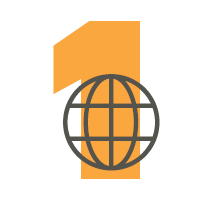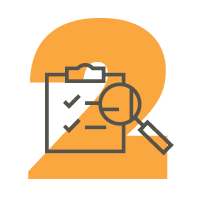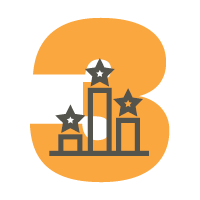Infrastructure often intersects a myriad of challenging landscapes which can negatively impact integrity. Geologic hazards, or geohazards, can lead to widespread damage to property and the loss of life. WSB’s interdisciplinary team of scientists, engineers, and risk assessment specialists can help identify, mitigate, and manage these risks through services tailored to meet regulatory requirements and clients’ unique risk profiles.
Our hazard models pinpoint the geomorphic and geologic causative factors which lead to geohazard risk. When paired with a comprehensive field program, our geohazard risk assessments are not only more accurate, but more cost-effective than other methods.




Discover the geohazard risks in your area by entering an address in WSB’s geohazard scorecard app below:
Our teams of experts work together to seamlessly deliver innovative and ground-breaking service. Learn about each of our groups.